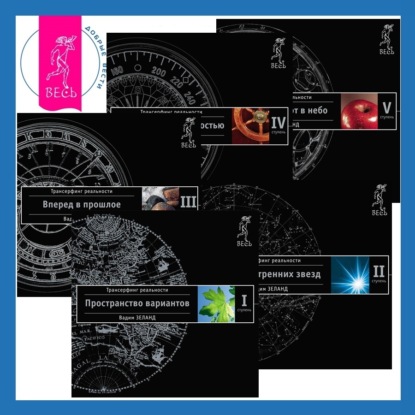Excerpt from Glasgow Medical Journal, 1880, Vol. 14
To render the subject more clear, I must recall several anatomical and pathological facts, with which some of you are doubtless already acquainted.
Hypertrophy of the prostate is, I need hardly say, very common, though it is not a necessary condition of old age, as was long erroneously supposed. It is no doubt true that this gland is only rudimental in children, little developed till puberty, and frequently enlarged in men over sixty years of age, yet its notable increase is certainly not a necessary accompaniment of old age. It must be within the experience of most practitioners that some extremely old men do not suffer from it, while others, by no means advanced in years, and who present no other appreciable senile change, are affected with it.
Observation has also disproved the frequently repeated statement that sedentary employments predispose to it, but no exciting cause has, as yet, been clearly recognised as producing it. Augmented nutrition, from increased blood supply, must be the essential cause, but what attracts that hypencraia is not always easily traced. Doubtless, the position and connections of the gland render it, in a great measure, liable to congestion. It is well known that a large network of veins covers the sides and base of the gland, and that these are liable to varix. Chronic constipation - such conditions of the abdominal organs as retard the current in the iliac veins (into which a large amount of the blood from the prostate empties itself) - chronic inflammation, or repeated attacks of inflammation, will all induce conditions favourable to the establishment of the disease.
I had in the Western Infirmary, this winter, a patient aged 46, who had the symptoms of chronic enlargement of the prostate well marked. He had suffered from repeated and prolonged attacks of chronic urethritis, with swelled testes (showing that the irritation had ponctrated to the back of the canal), and he was very intemperate as well.
The affection under consideration is a combination of "simple" and "numerical" hypertrophy, - the elements of which it is composed, viz., unstriped muscular fibre, connective tissue, and, in a lesser degree, its glandular elements being both increased in the number of their atoms and augmented in their bulk.
Like all such changes, the enlargement of the prostate takes place, as a rule, very slowly, and its rate of progression is neither steady nor continuous. It often affects one lobe more than the other, and thus deflects the canal which traverses it.
About the Publisher
Forgotten Books publishes hundreds of thousands of rare and classic books. Find more at www.forgottenbooks.com
This book is a reproduction of an important historical work. Forgotten Books uses state-of-the-art technology to digitally reconstruct the work, preserving the original format whilst repairing imperfections present in the aged copy. In rare cases, an imperfection in the original, such as a blemish or missing page, may be replicated in our edition. We do, however, repair the vast majority of imperfections successfully; any imperfections that remain are intentionally left to preserve the state of such historical works. Это и многое другое вы найдете в книге Glasgow Medical Journal, 1880, Vol. 14 (Classic Reprint) (Glasgow and West of Scotlan Association)















